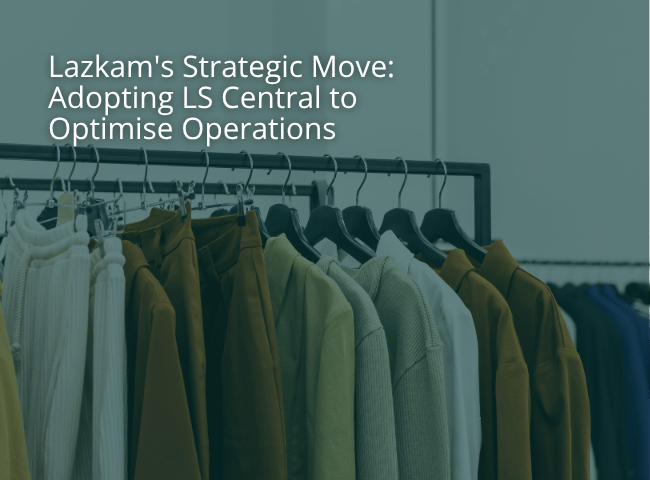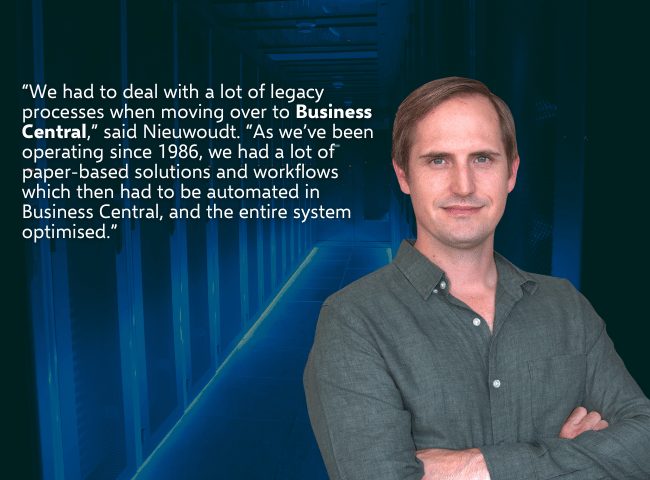Opposing Choices for Your Organisation?
The business world is regularly required to wrap its head around the conundrum of choosing to innovate, or continue optimising an organisation’s systems and processes. But does this often-polarising stance make commercial sense, or is it a strategic ploy that interested parties impose on a situation to further their own agendas?
People have been experiencing polarising situations and experiences since early Homo Sapiens humans first bumped heads with their Neanderthal counterparts. We are used to dealing with night versus day and heatwaves versus snowstorms, while our personal preferences can range from sweet-tasting versus salty; being sporty and active versus choosing couch-potato mode; preferring butter to margarine; and arguing (at the time) over the Xbox One versus the PS4.
Polarising situations in life happen all the time. In business, however, they can arguably be trickier to navigate.
Thriving organisations are generally required to face the ‘innovation versus optimisation’ discussion cyclically within their ongoing operations. The question then arises: Should a chosen solution unlock innovation in how the firm carries out its business, or should it help to optimise current systems and processes, and thereby contribute to the bottom line?
Unpacking the Business Cycle

In general terms, once innovation has created a product set, a company’s management would then typically need to move into a sales phase, and thereafter into an optimisation period to keep sales growth continuing, and the company moving forward. Ideally, this would then be repeated cyclically to keep the organisation innovating and further optimising over time, and in this way continuing to thrive.
According to Mike Volpi, the Italian-American businessman and venture capitalist who became Chief Strategy Officer at Cisco Systems during the company’s five-year growth period:
“Innovation is any process that creates and expands new business opportunities for a company. It can originate from individual genius, collective effort, or even expanding and improving on someone else’s existing idea. True innovation comes to market: it’s not just an exercise in the lab. Innovation cannot be just an extension of the existing business or a feature that enhances the capabilities of an existing product. But, innovation can definitely take advantage of the pre-existing technology or business assets that exist within a company.”
According to Volpi, who also lectured at Stanford university, innovation and optimisation requirements in the business world can be polarising processes that are difficult to mix.
He adds: “Driving towards operational excellence is clearly a net positive, but leaders have to also understand the collateral damage that can happen if the process is taken too far. Short-term optimisation in excess distracts from the innovation cycle.
“A company that is too focused on optimisation will reward people and projects that can increase market share by a few percentage points, or perhaps postpone an investment by a couple of years. In addition, the incentive to optimise will drive the best people in a company to focus on the core business and not divert their career on gambles that might open new markets or invent new products.”
Volpi notes that organisations must optimise their operations, but warns that this comes with a caveat: doing so in excess can actually stifle innovation and potentially damage the company’s longer-term future prospects.
Knowing When to Suggest Butter or Margarine
It follows that one of the dangers, during these necessary ongoing business cycles, is for leaders to know and understand what they really want – and what the organisation actually requires – rather than simply settling for the best solution that can solve a generic problem at the time, but without looking far enough into the future.
And when exciting new technologies on either side of the dilemma are presented simultaneously, it can become even more challenging to make the correct decision.
Such exciting yet opposing technologies could seem a bit like choosing butter versus margarine: they each have their health proponents, but which one works best for you?
If you’re an enthusiastic gamer – or you have such a person in your life – you’ll probably remember the episode of ‘The Big Bang Theory’ when theoretical physicist (and enthusiastic gamer) Sheldon Cooper was discussing the pros and cons of buying either an Xbox One or a PlayStation 4 – each one representing a pinnacle of gaming technology at the time. His partner, Amy, couldn’t have been less interested in the decision he was trying to make, although she had a few sarcastic moments of pretending.
Her ultimate response to Sheldon’s dilemma – which played out over the dinner table – was a supremely exasperated: “Please pass the butter!”, which naturally wasn’t helpful to the decision making.
And so – back to the business conundrum now – when asking: ‘Does innovation versus optimisation make commercial sense, or is it a strategic ploy?’, we find that unpacking an answer can in itself become a polarising situation, depending on the circumstances. The answer isn’t always clear.
At Braintree, we pride ourselves on being able to look at your organisation skilfully and objectively to understand how to match the solution required to your current business cycle.
We know when to offer butter, and when to suggest margarine.
We do, however, tend to land on the Xbox side of the gaming discussion – but that’s a story for another day.
Feel free to contact us regarding your own business conundrums.







